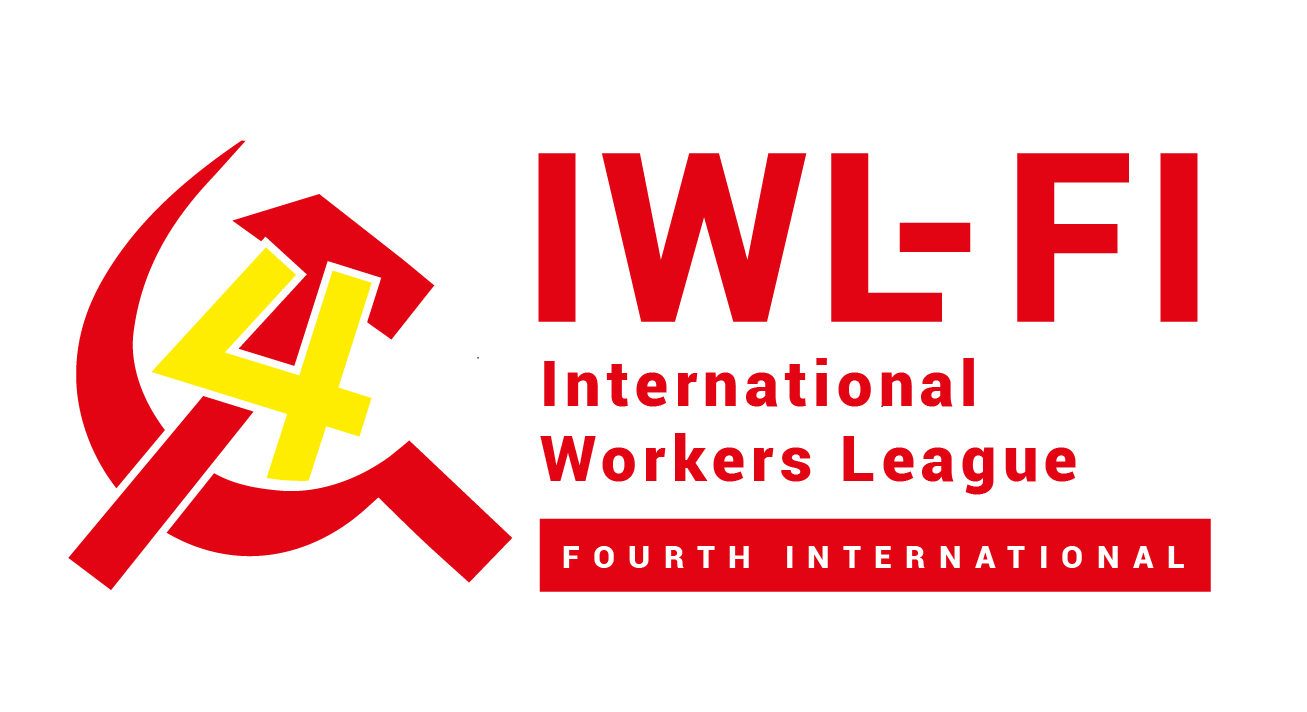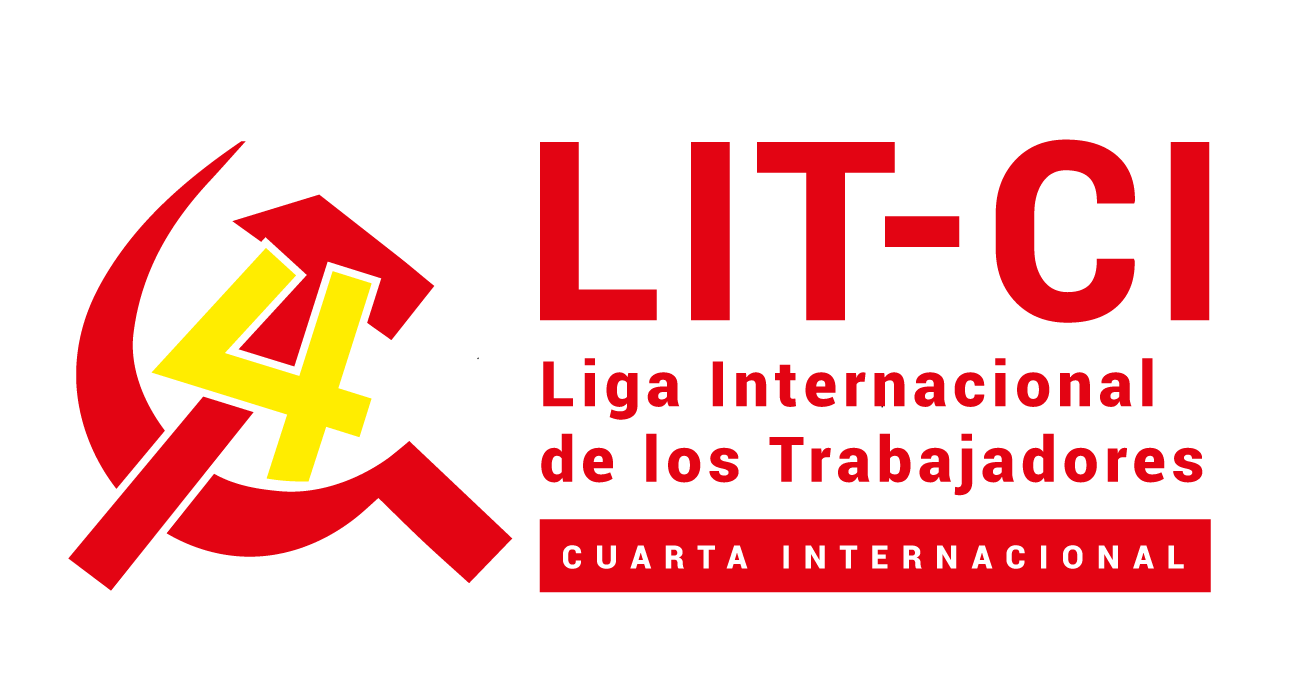On March 18, 2011, a group of young people wrote the phrase “the people want the end of the regime” on the walls of their school in the city of Deraa, in the south of the country. They were arrested, tortured and murdered by dictator Bashar al-Assad’s police. This was the trigger for millions of Syrians to take to the streets of the country and begin their revolution.
By Fabio Bosco.
The revolution struggled for the end of the Assad dictatorship, in power since 1970. It also stood against unemployment and for better living conditions. The population organized itself in hundreds of Local Coordination Committees that were formed across the country.
After six months of brutal repression against peaceful demonstrations, the working population began its self-defense. Joined by thousands of deserting soldiers and volunteers, armed militias were formed throughout the country to overthrow the regime. They were called rebels, under the name of Free Syrian Army (FSA).
In 2013, the rebels advanced across the country. In order to prevent the fall of the dictator, militias linked to the Lebanese party Hezbollah abandoned the fight against the State of Israel and invaded Syria. The Iraqi group self-denominated “Islamic State” (Daesh in Arabic) also invaded the country to fight the rebels and Kurdish militias.
Saudi Arabia, Qatar and Turkey intervened in the revolution to divert its course from a democratic revolution into a religious struggle that, in practice, divides the Syrian people and is instrumental to keep the dictator [in power].
Millions of Syrians were forced to flee their homes. The refugee crisis has international repercussions.
In 2015, the Russians invaded the country to save the dictator. Russian fighter planes, along with Syrian aviation, bombed day and night the “rebel” areas under the allegation of fighting terrorism. Villages and towns were devastated.
Half a million Syrians have been killed since the beginning of the revolution. Most were killed by Syrian and Russian aviation.
In the meantime, the US government made an agreement with the Kurdish Syrian PYD party that headed the Syrian Democratic Forces (SDF). Americans armed them on the grounds of “war on terror.” Its real purpose was to control Syria’s oil and electricity production.
In 2018, the Assad dictatorship remains in power thanks to the invasion of the country by several foreign military forces: Russia, the United States, Iran, Turkey, Hezbollah, the Iraqi group “Islamic State” (Daesh) – and attacks by Israeli aviation.
Outside Syria, international and regional powerhouses prefer the maintenance of the dictator and sharing the country in areas of influence.
Most left-wing organizations support the dictator or remain neutral, preventing the emergence of a great movement of international solidarity with the revolution.
Yet, most of the population remains in opposition to the dictator, and the rebels dominate 11% of Syrian territory. The Syrian revolution is, so far, the main revolution of the 21st century.
Down with Bashar! All Foreign Military Forces OUT!
For a government of Syrian workers based on local coordination committees and rebel militias!
The Syrian working people face the dictator and all foreign military forces that have invaded the country.
In order to drive out these foreign forces and overthrow the dictatorship, Syrian rebels need to form a new National Coordinating Committee that unifies local committees and rebel militias. This Committee must be independent of regional and global powers to represent only the interests of Syrian workers.
In addition, the Committee has to build an alliance with the Kurdish population. Kurds hate the Assad dictatorship and fight for their right of self-determination. However, the PYD made the mistake of allying with the dictator and the United States. None of them defend the right of self-determination. The Committee has to make the commitment of guaranteeing the right of self-determination and bring the Kurds to the side of the revolution.
Rebels also have to ally with the Palestinians. They have to commit themselves to resume the struggle against the Israeli occupation in the Golan Heights, abandoned by the Assad dictatorship.
The International Workers’ League (IWL-FI) supports the Syrian revolution and joins the international solidarity with it.
Syria divided

Who is who in Syrian territory?
Assad dictatorship and allies (Russia, Iran, Hezbollah) … 55%
Rebels (Free Syrian Army and Islamic militias) … 11%
Syrian Democratic Forces (militias linked to the Kurdish / Syrian PYD party and supported by the United States) … 27%
Iraqi group “Islamic State” (Daesh) … 6%
NOTES
Eastern Ghouta – 400,000 Syrian rebels have been besieged by the dictator since 2013. Russian and Syrian aviation bombard day and night. More than 100 civilians died only on February 9. The aim of the dictator is to expel the entire population to the north and occupy the area with new inhabitants (Syrian, Lebanese, Iraqi and Iranian.) This process of demographic change by force is called “Ethnic Cleansing” and is condemned by international law.
Idlib – A rebel province in the north of the country, also under intense attack by the dictator’s forces. Idlib, Ghouta, Deraa and rural areas of Aleppo, Hama and Homs are controlled by the “rebels”. It accounts for 11% of Syrian territory.
Afrin – Part of Rojava. It was invaded by Turkey on January 19. Turkish President Erdogan has announced that, after taking Afrin, he will invade Manbij – also under the control of the Kurdish Syrians. It is possible that the Kurdish-Syrian population will be expelled to the eastern side of the Euphrates River in a new process of “Ethnic Cleansing”.
Kurds – Are an oppressed nationality within Syria, Turkey, Iraq and Iran. In Syria, they are the majority of the population in Rojava – northern areas composed by Afrin, Kobani (Ayn al-Arabi) and Hasaka (that has a strong agricultural production.) The main Kurdish-Syrian party is the PYD. This party represses the dissidents and leads the Democratic Forces of Syria with the support of the United States. The PYD also controls vast areas where Kurds are a minority, such as the city of Manbij and the Euphrates River Valley. This area is rich in oil and has the Tabqa hydroelectric dam, responsible for the production of 50% of all electric energy in the country. Hence the American interest.
War for oil – American air force razed a group of 550 Russian mercenary soldiers who wanted to take an oil field on February 7.
Daesh – the Iraqi group “Islamic State” (Daesh) controls rural areas in the desert near the Iraqi border under the complicity of the Syrian dictator and the United States. The United States allowed the leaders of the “Islamic State” (Daesh) along with their families, soldiers and arms to safely withdraw from Raqqa in October 2017.
Palestinians – Syrian dictatorship has always been an enemy of the Palestine Liberation Organization led by Yasser Arafat. Dictator Assad sponsored the massacre of Palestinians in Lebanon during the Civil War (1975-1990). In Syria, the dictator bombed Yarmouk, the largest Palestinian refugee camp, to expel them.
Deraa – It is the city where the revolution began. It borders with Jordan. Most of the city is under control of the Free Syrian Army rebels.
Golan Heights – Syrian territory occupied by the State of Israel in 1967. The State of Israel supports the permanence of the Syrian dictator Bashar al-Assad. But it does not want the dictator to have military strength, which is instrumental to help the Lebanese militia Hezbollah. Therefore, it has been bombing warehouses and military convoys on Syrian territory for years with impunity. On February 10, the Syrian regime shot down an Israeli aircraft that bombed the country. It was the first time this happened.




